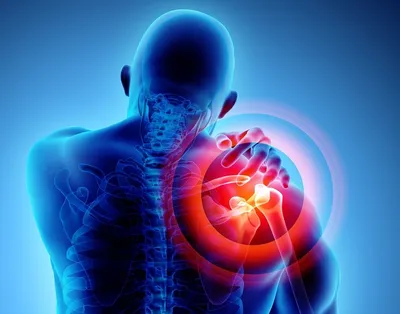
Rotator Cuff Tears Insights from Dr. Vivek Bansal in Chandigarh
Rotator cuff tears are a common and often debilitating shoulder injury that can significantly impact a person’s quality of life. Dr. Vivek Bansal, a leading orthopedic specialist in Chandigarh, has extensive experience in diagnosing and treating this condition. In this article, we will explore the causes, symptoms, and treatment options for rotator cuff tears, drawing on the expertise of Dr. Bansal.
What is a Rotator Cuff Tear?
The rotator cuff is a group of four muscles and tendons that stabilize the shoulder joint and allow for a wide range of arm movements. A rotator cuff tear occurs when one or more of these tendons are torn, either partially or completely. This injury can result from acute trauma, such as a fall, or from degenerative changes due to aging or repetitive stress.
Causes and Risk Factors
According to Dr. Bansal, the most common causes of rotator cuff tears include:
- Aging: Over time, the tendons in the rotator cuff can wear down, making them more susceptible to tears.
- Repetitive Motion: Activities that involve repetitive shoulder movements, such as painting or lifting, can increase the risk of a tear.
- Injury: A sudden injury, like falling on an outstretched arm, can cause an acute tear.
- Genetic Factors: Some individuals may be predisposed to rotator cuff tears due to genetic factors.
Symptoms of a Rotator Cuff Tear
Dr. Bansal emphasizes the importance of recognizing the symptoms of a rotator cuff tear early. Common signs include:
- Shoulder Pain: This is often the first symptom and can range from a dull ache to sharp pain, especially when lifting the arm.
- Weakness: A torn rotator cuff can make it difficult to lift or rotate the arm.
- Limited Range of Motion: You may notice a decreased ability to move your arm in certain directions.
- Night Pain: Pain that worsens at night, especially when lying on the affected shoulder, is a common complaint.
Diagnosis and Treatment
Diagnosing a rotator cuff tear typically involves a combination of physical examination, imaging studies (like MRI or ultrasound), and sometimes, diagnostic arthroscopy.
Dr. Bansal offers a range of treatment options depending on the severity of the tear:
- Conservative Management: For partial tears or mild symptoms, treatment may include rest, physical therapy, anti-inflammatory medications, and corticosteroid injections.
- Surgical Intervention: In cases of complete tears or when conservative treatments fail, Dr. Bansal may recommend arthroscopic surgery to repair the torn tendon. Arthroscopic surgery is minimally invasive and involves the use of small instruments and a camera to repair the tear.
- Rehabilitation: Post-surgery, rehabilitation is crucial for restoring shoulder strength and function. Dr. Bansal’s approach to rehabilitation is personalized, ensuring that each patient receives a tailored plan to optimize recovery.